Malva neglecta, Common Mallow
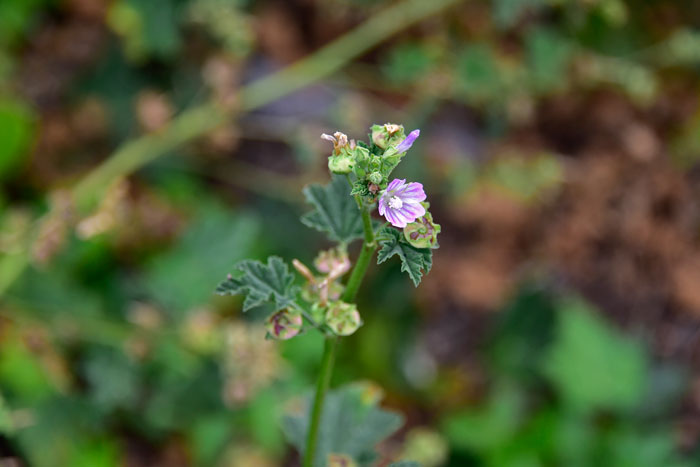
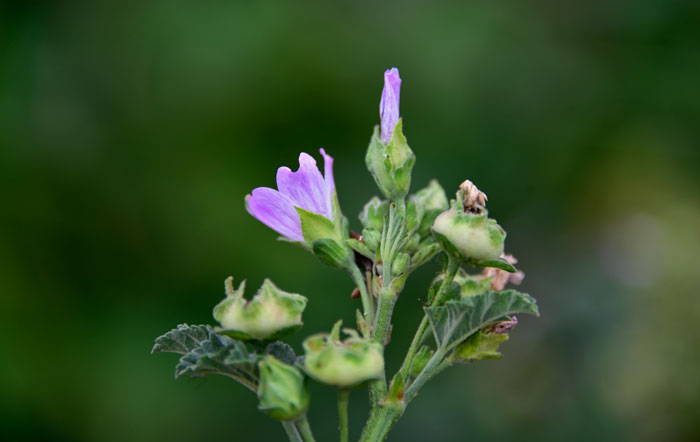
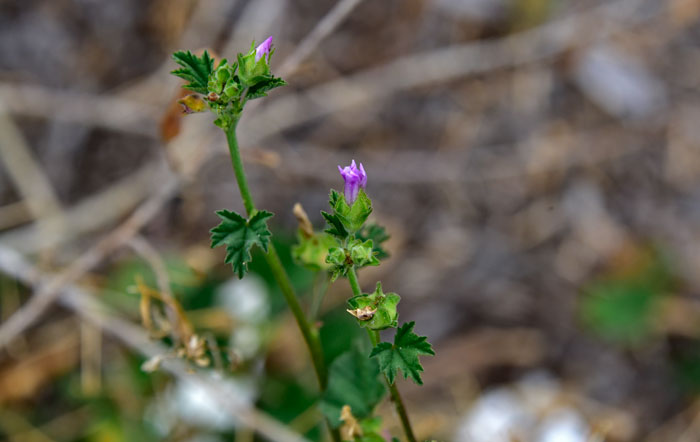
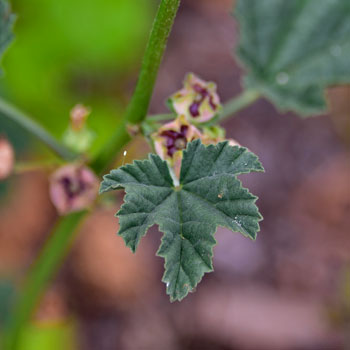
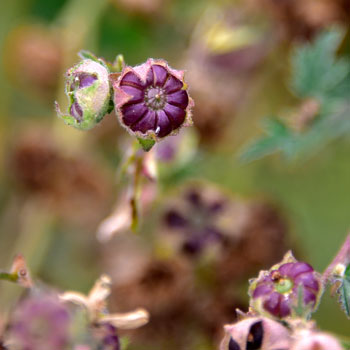
Scientific Name: Malva neglecta
Common Name: Common Mallow
Also Called: Buttonweed, Cheeseplant, Cheeseweed, Dwarf Mallow, Roundleaf Mallow
Family: Malvaceae, Globe Mallow Family
Synonyms: (Malva pusilla, Malva rotundifolia)
Status: Introduced
Duration: Annual, biennial or perennial.
Size: Up to 2 feet or more.
Growth Form: Forb/herb; stems erect or decumbent.
Leaves: Green; alternate, long petioles, lobed, margins crenate, leaves heart- or kidney-shaped (reniform).
Flower Color: Lilac, light pink or white; 3 or more small tubular flowers from axils, petals are 7 to 15 mm long; (petals in Malva parviflora are not more than 6 mm long); petals obovate, fruit a cheese-shaped capsule with 6 to 15 segments.
Flowering Season: May to September or later.
Elevation: Under 9,000 feet in California.
Habitat Preferences: Disturbed areas and fields.
Recorded Range: Common Mallow is a common introduced weed throughout North America.
North America & US County Distribution Map for Malva neglecta.
U.S. Weed Information: Malva neglecta is listed in: Weeds of Kentucky and adjacent states: a field guide, Weeds of the Northeast, Weeds of Nebraska and the Great Plains, Weeds of the United States and Canada and Weeds of the West. Plants included here may become weedy or invasive.
Invasive/Noxious Weed Information: No information available.
Wetland Indicator: No information available.
Threatened/Endangered Information: No information available.
Genus Information: 10 species in Malva throughout North America. All species are non-native. 3 species in Arizona, 7 species in California 5 species in New Mexico.
The Plant List includes 365 scientific plant names of species rank for the genus Malva. Of these 29 are accepted species names.
Comments: Common Mallow and all mallows of the genus Malva in North America are introduced from Europe, Asia or Africa.
In Southwest Desert Flora also see Cheeseweed Mallow, Malva parviflora.
Common Mallow has several ethno-botanical uses such as a dermatological, gastrointestinal and pediatric aid. See ethno-botanical uses at Native American Ethnobotany, University of Michigan, Dearborn.

